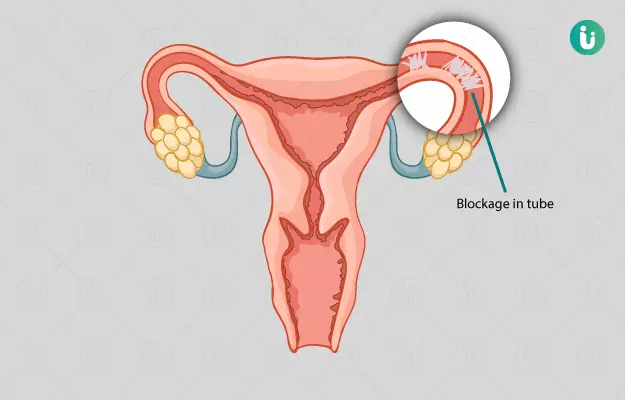What Is Blockage In The Fallopian Tube?
Fallopian tubes are two thin tubes on either side of the uterus that carry a developing egg from the ovary to the uterus. This tube plays an important role during the process of fertilization. Fertilization occurs when the developed egg travels through the fallopian tube into the uterus. Due to closure of the fallopian tube, the eggs are not able to reach the uterus, due to which the process of fertilization is not completed and pregnancy does not occur.
When eggs from a woman's ovaries cannot reach the uterus due to some obstruction, she is said to have a "fallopian tube obstruction." Obstruction of the fallopian tubes can occur due to internal lesions in the fallopian tubes following infection, surgery, and repeated trauma. Clogged fallopian tubes usually don't cause any symptoms other than trouble conceiving. In some cases, this may cause mild, sharp or constant pain on one side of the abdomen.
(Read more - Know About Hydrosalpinx)
If you have been unable to conceive for a long time, your doctor may diagnose a blockage in the fallopian tube. You may need ultrasound and other tests to rule out other causes of problems conceiving.
Treatment for blockage in the fallopian tubes is available, but it depends on the extent of the blockage. If one of your tubes is blocked, you can still get pregnant because during ovulation, an egg is released from a different ovary into the uterus each month. Fertilization medications and surgery are also available for blocked fallopian tubes.
(Read more - Ovarian Cancer)














































